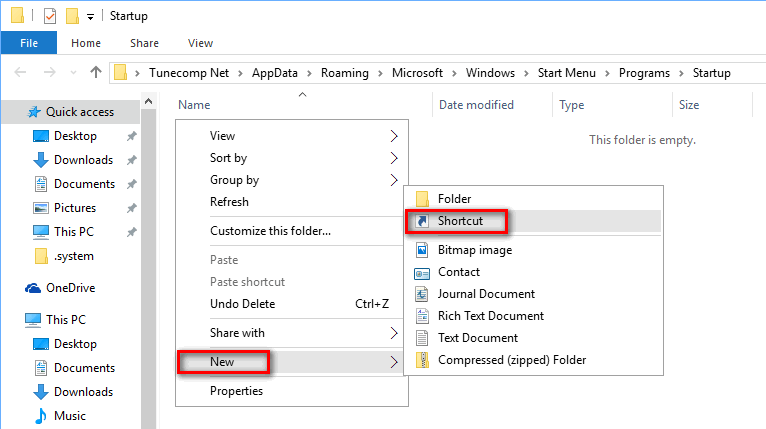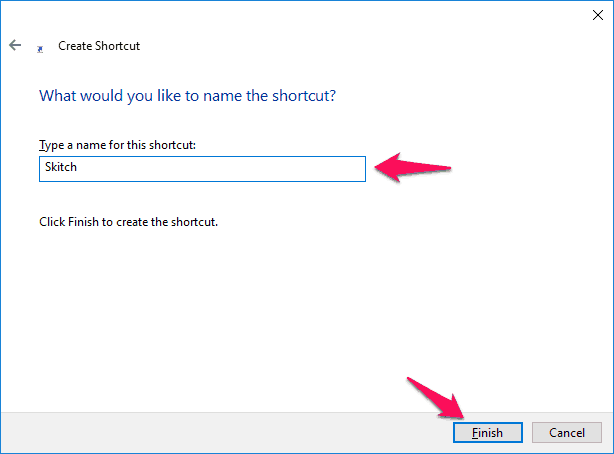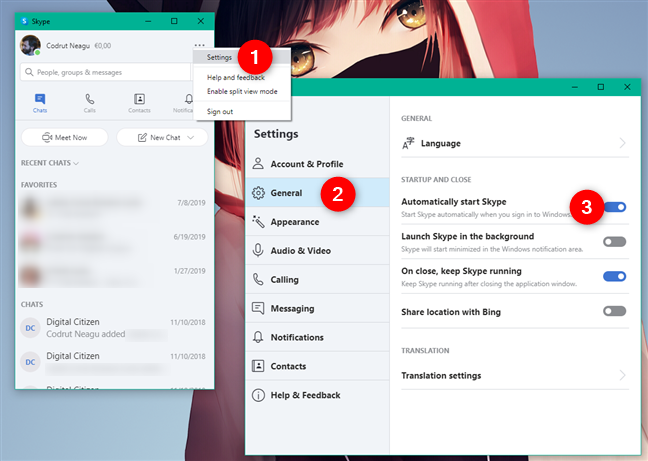
If you want to start the program only at the current user, navigate to this registry location: Now, depending on your wish, go to the corresponding registry location, as listed below:Ĭase A.

Type regedit and press Enter to open Registry Editor.Ģ. Simultaneously press the Win + R keys to open the run command box.Ģ. If you want to run at startup, a program that needs administrative privileges to run, follow the instructions in this tutorial.ġ. * Note: This is the usual method to run any program at Windows startup (by using registry), but applies only to programs that does not need administrative privileges in order to run. Highlight and Copy (CTRL + C) the Target path. Right-click on the program shortcut and select Properties.ģ. Create a shortcut of the program that you want to run at startup on your desktop (if you haven't done this already).Ģ. Find and Copy the Path of the Program that you want to run at Startup.ġ. How to Add a Startup Program in Registry on Windows 10/8/7 OS.

None of these options are permanently, of course.

I want those programs to be available immediately, and have left them enabled regardless of their performance impact.

For instance, I use to AutoDarkMode to switch between Windows light and dark themes automatically, f.lux to adjust screen tone, and Beeftext for text shortcuts. Slack’s mobile app will still notify me of anything important.) Even if a program doesn’t register as “High Impact,” you can still disable it if you don’t need it to run right away.Ĭonversely, I’ve allowed certain apps to run at startup because they need to be running the background at all times. (This does mean I won’t get any Slack desktop notifications until I actually launch the app, but that’s okay. In my case, I’ve disabled Slack, Microsoft Edge, and Logitech’s Options software, none of which I care about running as soon as my PC boots up.


 0 kommentar(er)
0 kommentar(er)
